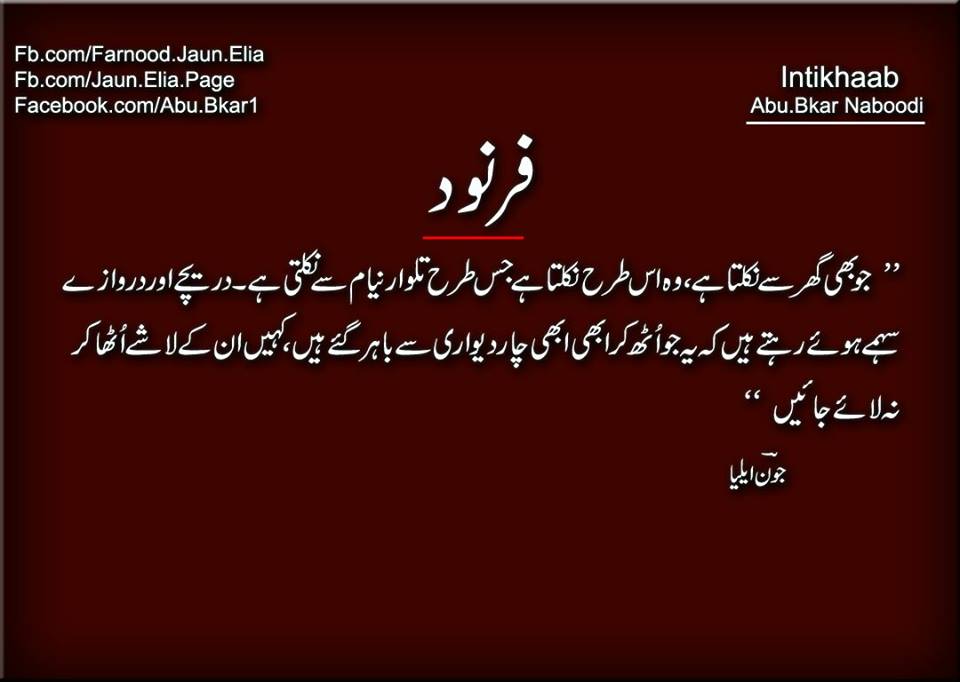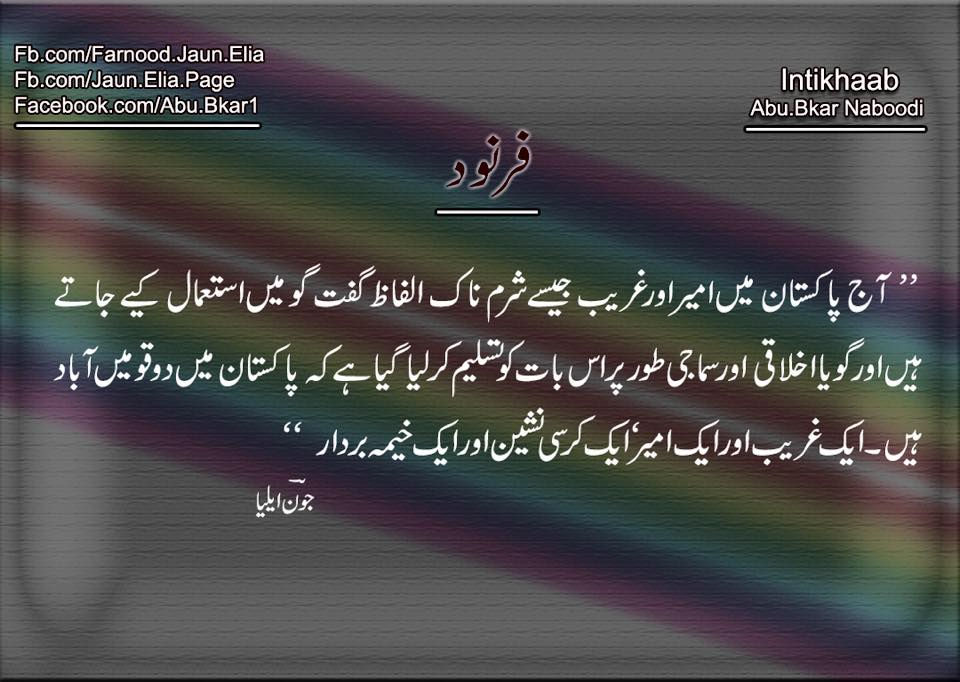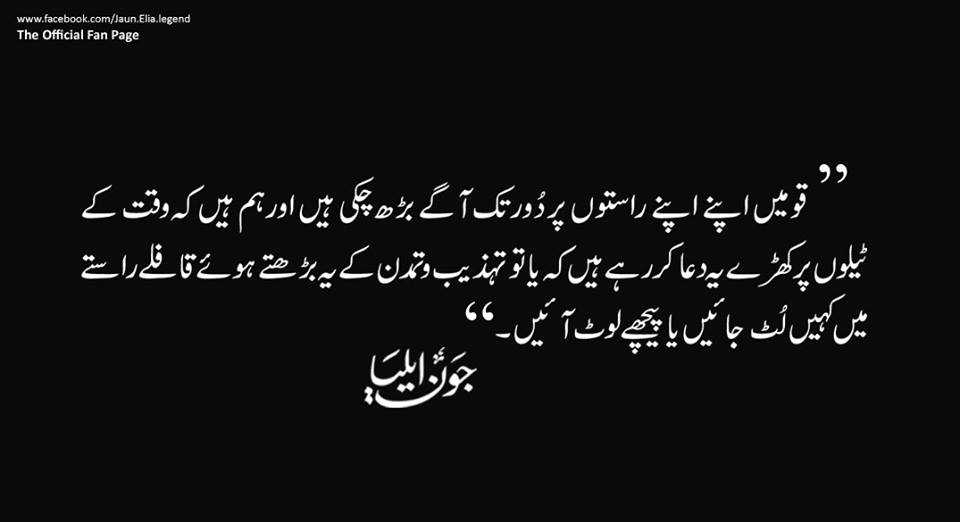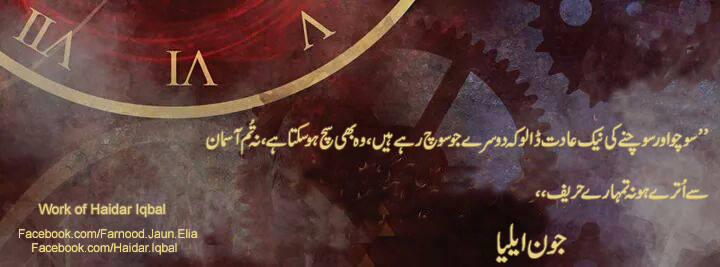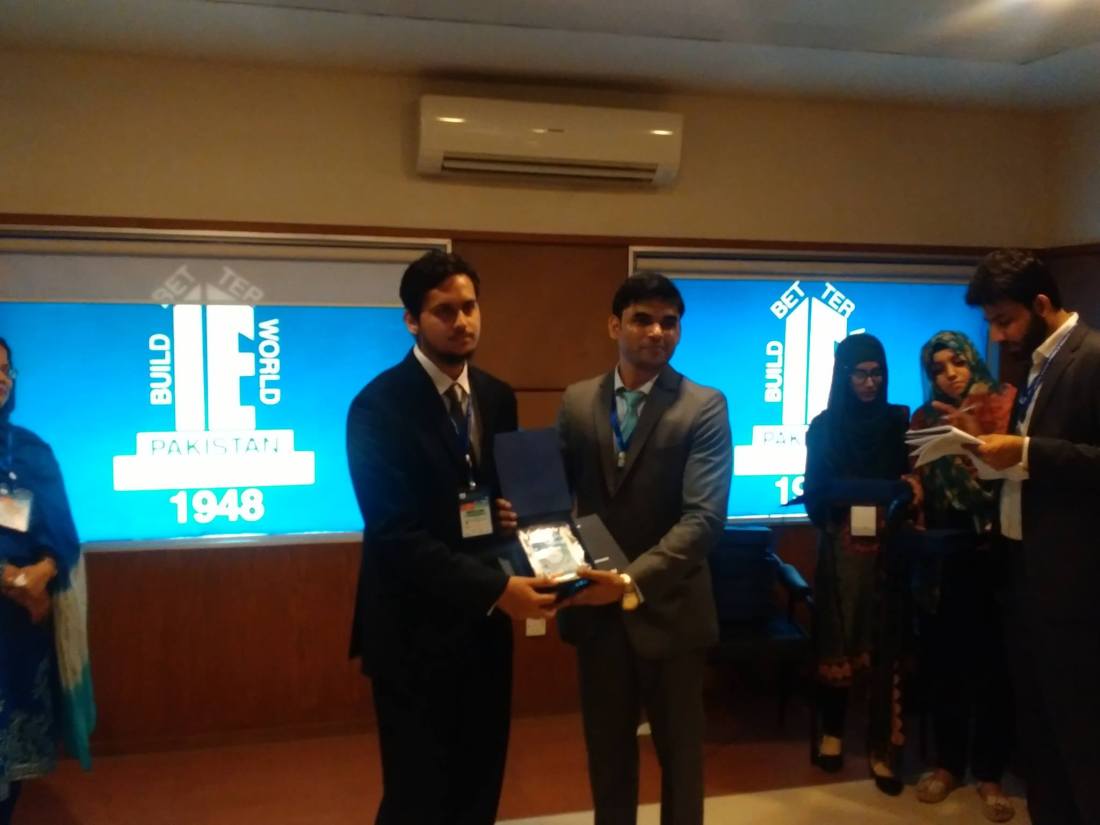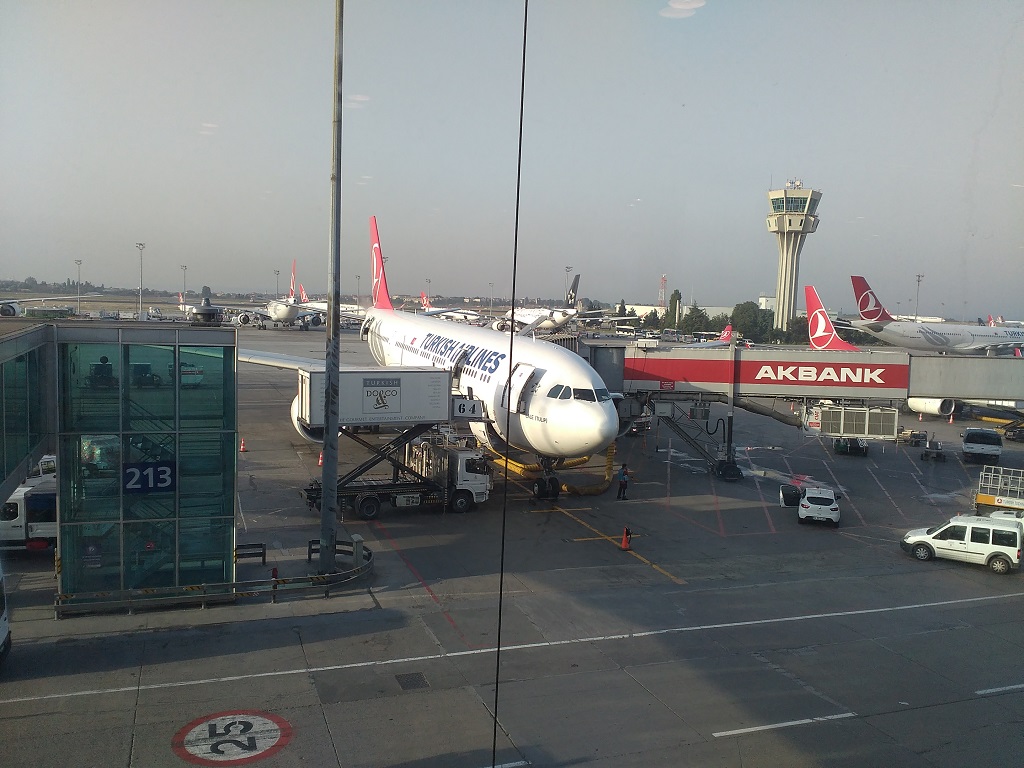I read Albert Camus’ magnum opus ‘The Stranger’ (also known as The Outsider) a couple of weeks back. I intend to write a bit about that as well separately, perhaps in some other post. After The Stranger, I picked up The Idiot, written by Fyodor Dostoevsky.
In this post I wanted to share a curious discovery I made. I don’t want to spoil it by telling ahead. Instead, read the following passages from the two novels and you should be able to discern most of it, even if you have no idea about the background and story. The passages are fairly self-contained. Nevertheless, I will provide a brief context to put things into perspective.
Let’s start with ‘The Stranger’ (because I read it first)
Passage from ‘The Stranger’
The Stranger by Albert Camus
Context: The novel is set in Paris, France. The protagonist has been convicted of a murder, and is sentenced to death. The method of execution is going to be the infamous Guillotine. He is contemplating his execution in painfully vivid details and recalls some memories of the executions he had seen.
“Like everyone else I’d read descriptions of executions in the papers. But technical books dealing with this subject must certainly exist; only I’d never felt sufficiently interested to look them up. And in these books I might have found escape stories. Surely they’d have told me that in one case, anyhow, the wheels had stopped; that once, if only once, in that inexorable march of events, chance or luck had played a happy part. Just once! In a way I think that single instance would have satisfied me. My emotion would have done the rest. […] No, the one thing that counted for me was the possibility of making a dash for it and defeating their bloodthirsty rite; of a mad stampede to freedom that would anyhow give me a moment’s hope, the gambler’s last throw. Naturally, all that “hope” could come to was to be knocked down at the corner of a street or picked off by a bullet in my back. But, all things considered, even this luxury was forbidden me; I was caught in the rattrap irrevocably.”
“Try as I might, I couldn’t stomach this brutal certitude.”
“Another equally ridiculous fancy of mine was to frame new laws, altering the penalties. What was wanted, to my mind, was to give the criminal a chance, if only a dog’s chance; say, one chance in a thousand.[…] For after taking much thought, calmly, I came to the conclusion that what was wrong about the guillotine was that the condemned man had no chance at all, absolutely none. In fact, the patient’s death had been ordained irrevocably. It was a foregone conclusion. If by some fluke the knife didn’t do its job, they started again. So it came to this, that—against the grain, no doubt—the condemned man had to hope the apparatus was in good working order! This, I thought, was a flaw in the system; and, on the face of it, my view was sound enough. On the other hand, I had to admit it proved the efficiency of the system. It came to this; the man under sentence was obliged to collaborate mentally, it was in his interest that all should go off without a hitch.”
Passage from ‘The Idiot’
The Idiot by Fyodor Dostoevsky. I have taken the English translation from here.
Context: The novel is set in Russia. The protagonist has recently returned from Switzerland. During this dialogue he is sitting in a sort of waiting room in the house of his distant relative and sharing his thoughts on Guillotine with the usherer.
“Do you know, though,” cried the prince warmly, “you made that remark now, and everyone says the same thing, and the machine is designed with the purpose of avoiding pain, this guillotine I mean; but a thought came into my head then: what if it be a bad plan after all? You may laugh at my idea, perhaps—but I could not help its occurring to me all the same. Now with the rack and tortures and so on—you suffer terrible pain of course; but then your torture is bodily pain only (although no doubt you have plenty of that) until you die. But here I should imagine the most terrible part of the whole punishment is, not the bodily pain at all—but the certain knowledge that in an hour,—then in ten minutes, then in half a minute, then now—this very instant—your soul must quit your body and that you will no longer be a man—and that this is certain, certain! That’s the point—the certainty of it. Just that instant when you place your head on the block and hear the iron grate over your head—then—that quarter of a second is the most awful of all.”
“This is not my own fantastical opinion—many people have thought the same; but I feel it so deeply that I’ll tell you what I think. I believe that to execute a man for murder is to punish him immeasurably more dreadfully than is equivalent to his crime. A murder by sentence is far more dreadful than a murder committed by a criminal. The man who is attacked by robbers at night, in a dark wood, or anywhere, undoubtedly hopes and hopes that he may yet escape until the very moment of his death. There are plenty of instances of a man running away, or imploring for mercy—at all events hoping on in some degree—even after his throat was cut. But in the case of an execution, that last hope—having which it is so immeasurably less dreadful to die,—is taken away from the wretch and certainty substituted in its place! There is his sentence, and with it that terrible certainty that he cannot possibly escape death—which, I consider, must be the most dreadful anguish in the world.”
My 2 Cents
It is important to mention that both these passages have been taken from translations. The Stranger was written in French (published 1942), and The Idiot in Russian (published 1869). So let’s just get that out of the way.
Another worth mentioning fact is that Dostoevsky was actually once sentenced to death because of “anti-government” activities. But luckily for him, and us, while he was standing before the firing squad a last minute reprieve was issued and he was sent to a labour camp in Siberia instead (more details here). So we can say that Dostoevsky had a first hand experience of what it feels to face certain death,
As you might have noticed, there are striking similarities in both descriptions. Even the details have been articulated in a very similar manner. In my opinion there are two central themes. First, the Impending Doom; second, and as both authors have pointed out, the dark and vicious Certainty of it.
The certainty aspect is directly linked with the hopelessness. Both authors describe how the protagonist wishes for the slightest glimmer of hope, no matter how absurd or impractical that might be. Both authors complain that the victim (or ‘patient’ in case of Camus) is not allowed any hope at all and draw out the psychological torment that follows from this hopelessness in a beautiful but bleak and cold way.
You don’t really need to be sentenced to a Guillotine to relate with the message. There are many occasions in one’s life when the sheer certainty of a thing makes it infinitely more dreadful.
Both Camus and Dostoevsky are well regarded “psychologists” and towering personalities in world literature. Their works unearth the deep and often untouched and unexplored depths of human nature and present it in astonishingly relevant scenarios. I just found these two passages very curiously similar and thought that I should write a bit about it.






